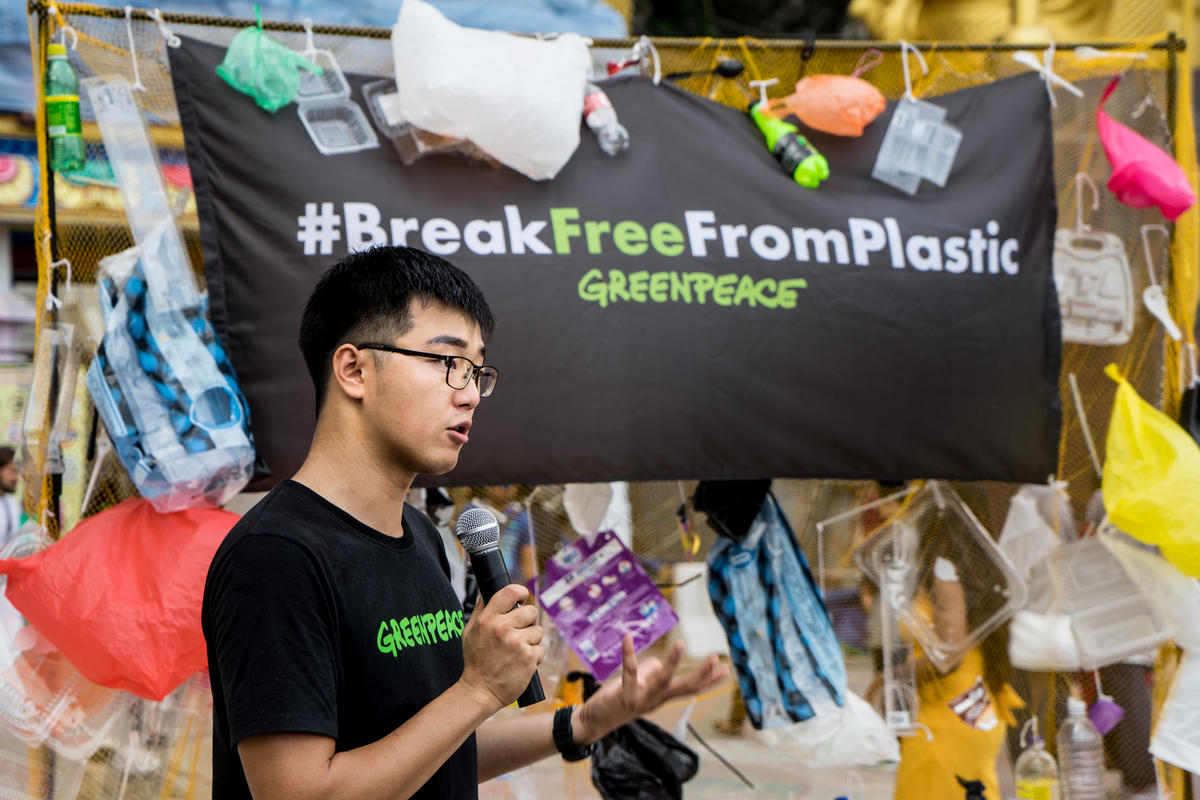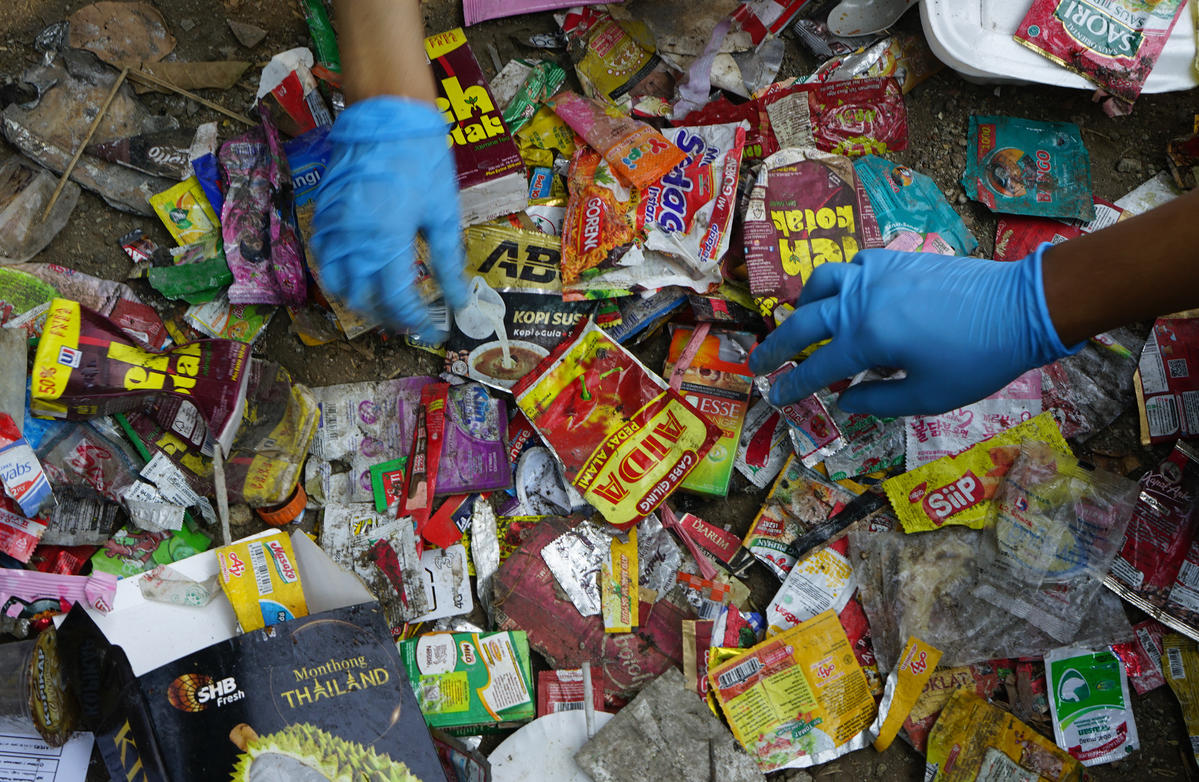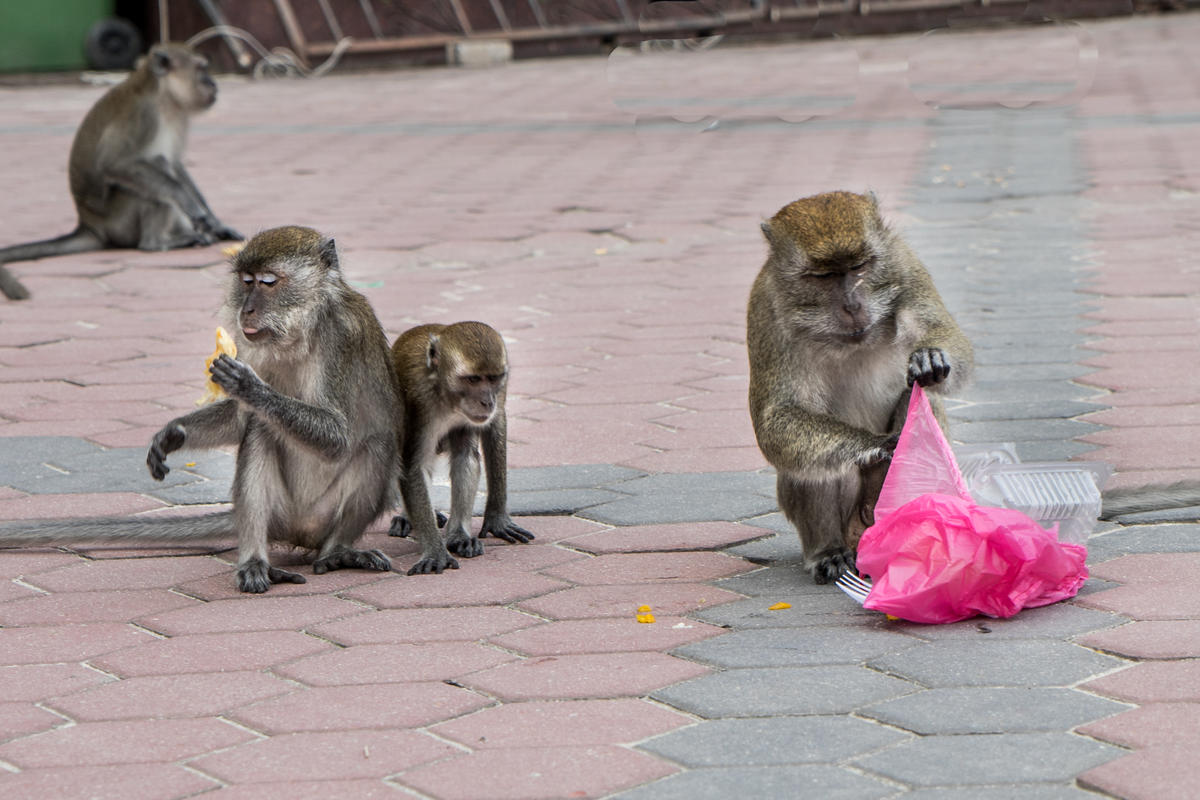What’s the solution to the plastic problem
We’re all worried about the effects of the plastic crisis – but what’s the real solution? It’s time to bust those plastic myths once and for all.

The truth is plastic hasn’t been around for long, and were only invented just over a century ago. But they quickly became a key part of our daily life. In Malaysia, plastic waste has been growing rapidly, compounded by our country’s importation of large amounts of plastic waste, which adds to pollution problem. But what’s the real solution? Is recycling or beach cleanups enough? Should we use bioplastic?
False solutions
Can’t recycling solve the plastic crisis?
Recycling is often viewed as a key solution to the plastic problem, but its impact is limited. Although it helps manage waste, many recycling systems, especially in Malaysia, struggle to keep up with the rising amount of plastic being produced. This has led to issues like illegal dumping and ineffective recycling practices.
Plastic can only be recycled a few times, which limits their future use. Also, turning recycled materials into new products consumes a lot of energy, reducing the environmental benefits. Communities affected by poor waste management, face health risks due to pollution.
Although recycling is important, it cannot solve the plastic crisis by itself. We need a broader approach that focuses on reducing plastic production and stopping excess plastic at the source.
Do cleanups fix the plastic problem?
Cleanup efforts, while helpful, only address the symptoms of plastic pollution—not the cause. As long as corporations continue producing massive amounts of single-use plastic, waste will continue to pile up. The focus must be on reducing plastic production and creating systems that prevent waste in the first place. Refill and reuse systems tackle the problem at its root, ensuring that less plastic is produced and discarded.
What about bioplastic?
While bioplastic might sound like a sustainable alternative, they can pose similar environmental risks as traditional plastics. If they enter the natural environment, they can entangle marine life and other wildlife, just like regular plastic does. These alternatives can still harm the environment in different ways, such as contamination of recycling streams.
The government should listen to scientists. Bioplastic is a false solutions to the plastic pollution crisis. The word “bioplastics” does not have a standardised definition either, and is usually used to refer to plastic that is either bio-based, biodegradable, or compostable and can even include fossil-fuel based plastic.
Scientists at INC-4 have noted that bioplastic often retain similar elements to traditional plastic, making them no better for the environment. Research has found that bioplastic, like traditional plastic, are just as toxic.
A reuse and refill culture is the answer
The real solution to tackle the plastic crisis is by reducing plastic production and shifting away from our current single-use culture. Instead of relying on recycling or substituting disposable materials, governments and businesses need to focus on systems that encourage reuse and refill. These systems promote the use of durable, non-toxic, and reusable products, drastically cutting down the need for single-use packaging.
Plastic pollution is a problem at every stage of its lifecycle —from production to disposal. Unless we cut plastic production, we will continue to see it accumulate in landfills, oceans, and even in our communities. Without systemic changes, pollution will persist despite recycling efforts.
Businesses are the ones driving mass production of single-use plastic products, and they have the power to change this. For too long, they’ve shifted the blame onto people like us, by promoting recycling or clean-up efforts, but the real problem is the sheer volume of plastic they produce. Reducing plastic pollution requires corporations take responsibility by investing in sustainable solutions like reusable packaging systems and drastically cutting down on their plastic output.
How do refill and reuse systems work?
Refill and reuse systems replace single-use packaging with durable, reusable containers that can be refilled multiple times. This drastically reduces the amount of plastic waste generated in the first place. For example, companies can offer products in refillable containers, or consumers can bring their own containers to refill at stores. These systems not only reduce waste but also save resources and are more cost-effective in the long run.
-

Common Types of Plastic Waste Found at River Cleanups
Food wrappers, plastic bags, and bottles are major plastic polluters in Southeast Asia. Explore their environmental consequences and the need for change.
-

Why we need a strong Global Plastics Treaty
Our world is being destroyed by throwaway plastic. Plastic pollution has flooded our planet, harming people’s health, accelerating social injustice, destroying biodiversity and fueling the climate crisis.
Subscribe for updates
Together we are part of a growing, global movement determined to bring about the changes our planet desperately needs.
